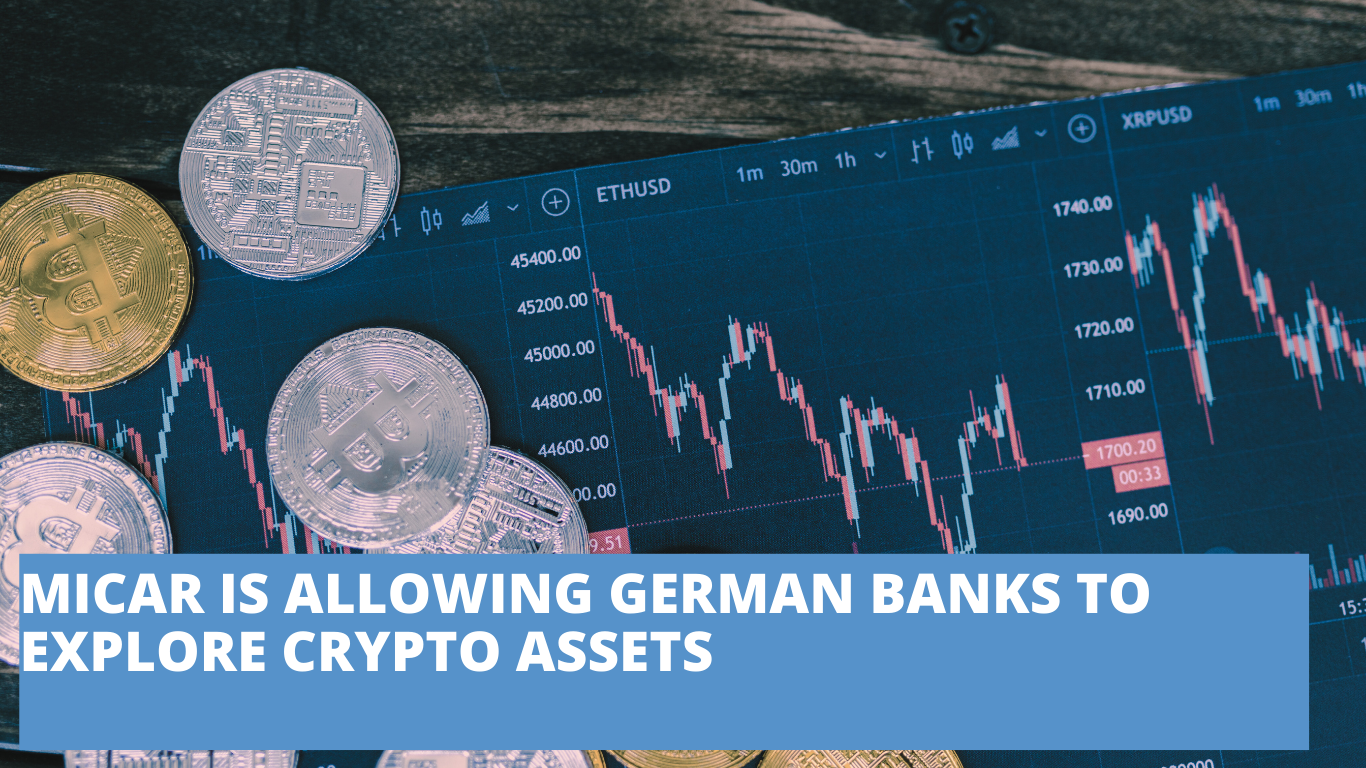Inflation and Growth at a Crossroads
Eurozone inflation hit 2.4% in December, surpassing the ECB’s 2% target for the third consecutive month. While some policymakers advocated patience, the governing council opted for a proactive response, aiming to maintain price stability while preventing undue economic slowdown.
The latest Purchasing Managers' Index (PMI) suggests a fragile recovery, climbing to 50.2 in January after months of contraction. Growth, though hesitant, has been buoyed by stability in the services sector. However, manufacturing remains under pressure, weighed down by high financing costs and sluggish global demand.
ECB’s Justification: A Delicate Balancing Act
ECB officials stressed that while inflationary pressures persist, disinflationary forces are in motion. Wage growth has shown signs of moderation, and corporate profit margins are absorbing some cost pressures. Still, policymakers recognize the risk of inflation expectations becoming unanchored if prices continue to rise faster than anticipated.
This rate cut aims to ease financial conditions just enough to sustain recovery without reigniting inflation. Yet, tight monetary policy remains in place, and ECB President Christine Lagarde underscored that further adjustments would depend on incoming data.
Discover top fintech news and events!
Subscribe to FinTech Weekly's newsletter
External Pressures and Market Reactions
The global economy adds another layer of uncertainty. Potential U.S. tariff measures under President Donald Trump have created concerns about eurozone exports. Meanwhile, China’s economic slowdown and volatile energy markets add to the complexity.
Market response to the ECB’s decision was immediate. Bond yields fell as investors priced in a potentially looser monetary environment, while the euro fluctuated against the dollar. Equities in European markets saw mild gains, reflecting cautious optimism about future growth prospects.
Looking Ahead: Policy Tools and Fintech Innovations
Despite the rate cut, the ECB remains prepared to act if inflationary risks persist. The central bank reiterated its commitment to using all available instruments to ensure price stability. The Transmission Protection Instrument remains an option if financial fragmentation among eurozone countries threatens monetary policy effectiveness.
Meanwhile, digital finance continues to reshape the monetary landscape. The ECB is advancing its plans for a digital euro, with board member Piero Cipollone emphasizing fintech’s role in modernizing payments and ensuring financial sovereignty.
As economic uncertainties persist, the ECB’s latest move reflects a balancing act between inflation control and economic support. The road ahead remains uncertain, and the next few months will be pivotal in shaping the eurozone’s monetary trajectory.













